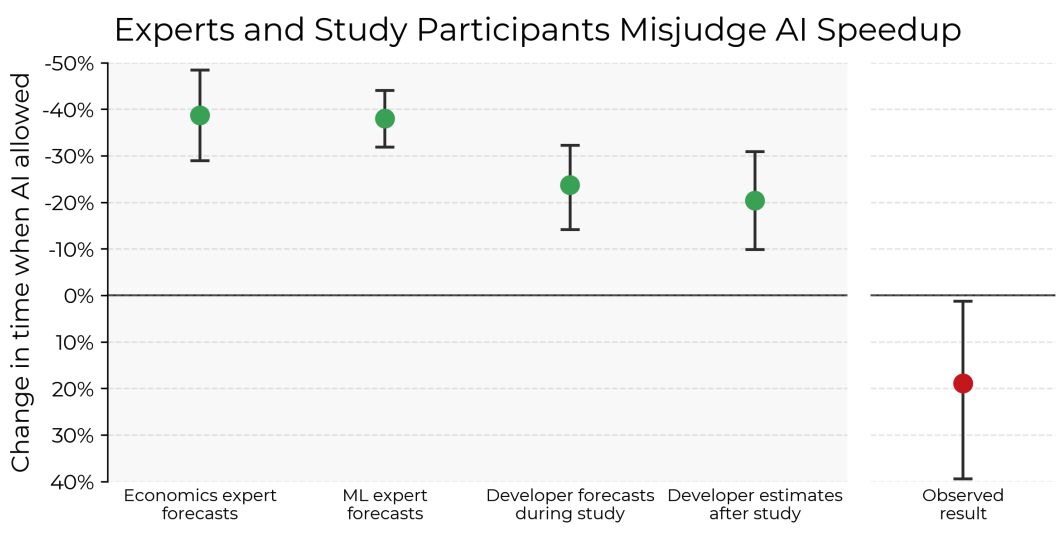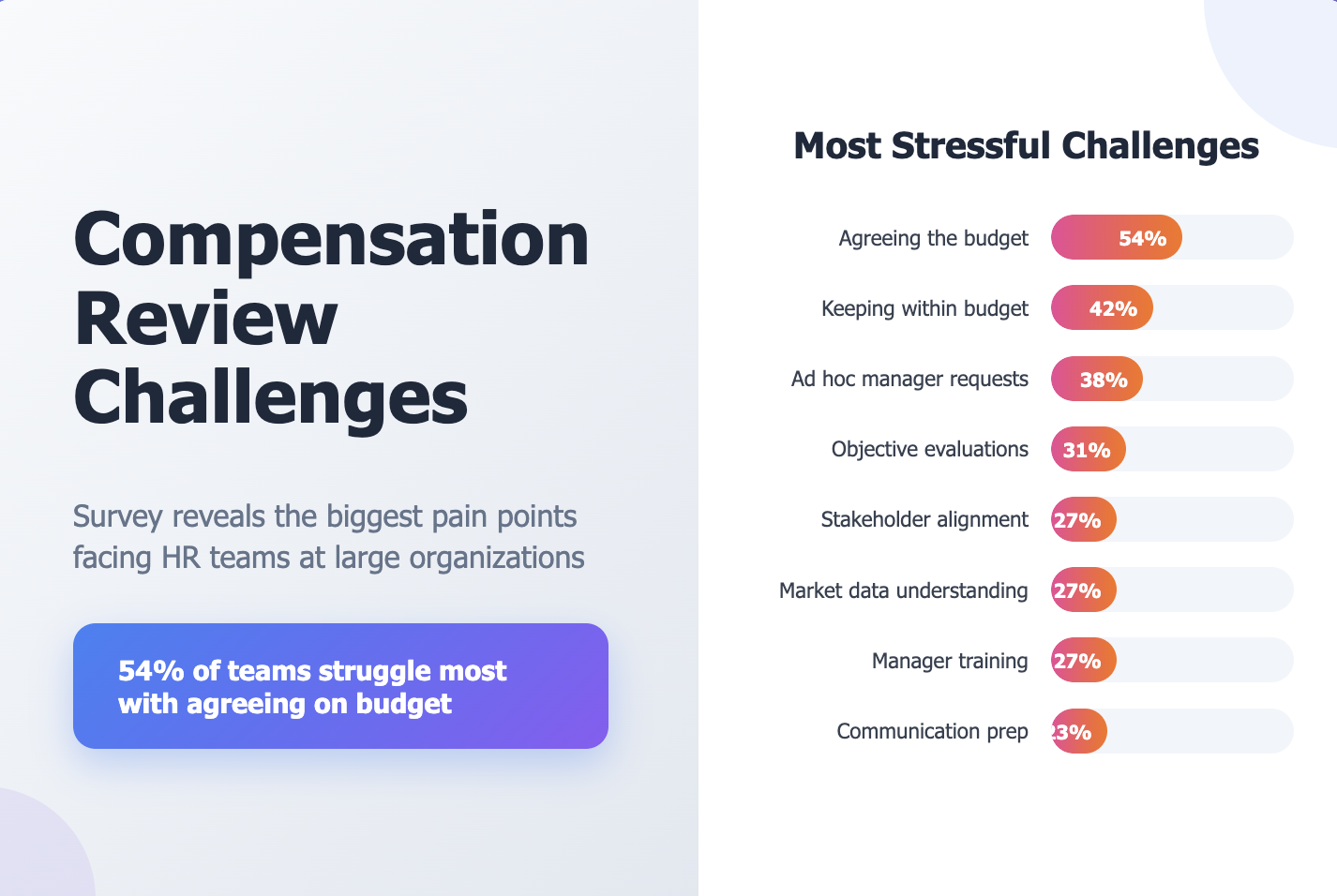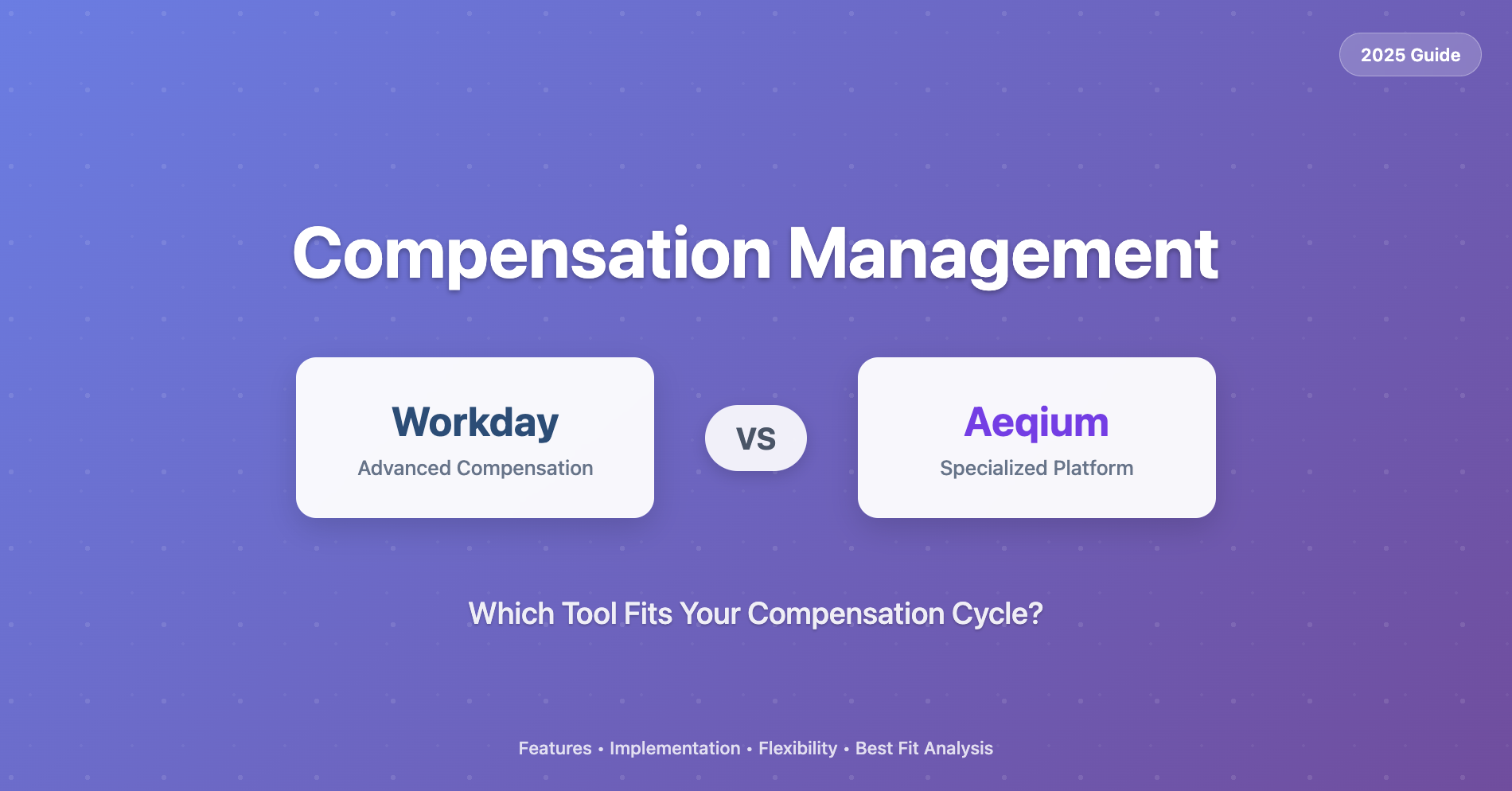Why Flashy AI Features Might Be Slowing Down Your HR Team

AI in Compensation Tools: Impressive or Actually Useful?
AI is everywhere in HR tech. Compensation platforms are racing to showcase new features powered by generative models and automation. But many of these additions look more impressive than they are practical.
For Total Rewards and Compensation leaders, this presents a growing risk. Being AI-first might feel like innovation, but if the adoption is performative or poorly designed, it can actually slow teams down.
Here’s what to watch out for.
Impressive Does Not Always Mean Useful
Picture a product demo where the software lets you type, “Show me all employees below the midpoint of their salary range,” and it returns a neat table of results. It is technically impressive. Just a few years ago, this would have seemed impossible.
But then ask yourself: is this actually faster than clicking a filter in the interface?
In most cases, it is not. The ability to sort by position-in-range is already built into nearly every compensation platform. Even Excel can do it in two clicks. Replacing that action with a full sentence creates more work for the user, not less.
When evaluating AI features, the question should always be: does this make my job easier?
Use AI for Execution, Not Strategy
There is a difference between using AI to accelerate your workflow and trying to outsource your thinking.
A recent study tested engineers to see whether they were faster using AI tools. The result: they were about 20 percent slower. They spent more time reviewing and correcting near misses than they would have spent doing the task directly.
This applies to HR too. AI is helpful when you know what you want and just need help doing it faster. It is less helpful when you expect it to plan or decide for you.
Think about drafting compensation emails or plan summaries. If the AI gets you 80 percent there, you still need to spend time rewriting what does not feel right. If the time savings disappears in the editing, then it was not really a shortcut.
Be Strategic About When and Where to Use AI
AI is most effective when the task is clearly defined and time-consuming. For example, generating draft templates, summarizing large sets of feedback, or updating recurring plan logic across multiple divisions.
It is not as effective when the output depends on deep context, subjective tone, or precise decision-making.
Total Rewards teams should think of AI as a tool that enhances execution, not as a replacement for the expertise they bring to the table.
Vendors Are Under Pressure Too
Vendors know there is pressure on HR teams to show AI adoption. This often leads to flashy releases that make for good demos but not necessarily better outcomes.
Total Rewards leaders should ask questions like:
- Would I have asked for this feature if AI were not trending?
- Does this save time or add another step?
- Can this reduce errors or increase clarity?
AI should simplify. If it does not, it is not ready for your workflow.
Conclusion
Being AI-first does not guarantee better performance. In fact, when features are designed to impress rather than to help, they can slow down even the most capable teams.
To get real value from AI in compensation, focus on execution. Look for tools that make your work faster, more accurate, and easier to manage—not ones that ask you to type a paragraph when a click will do.
See how Aeqium applies AI to streamline compensation cycles, not complicate them. Take the product tour →




